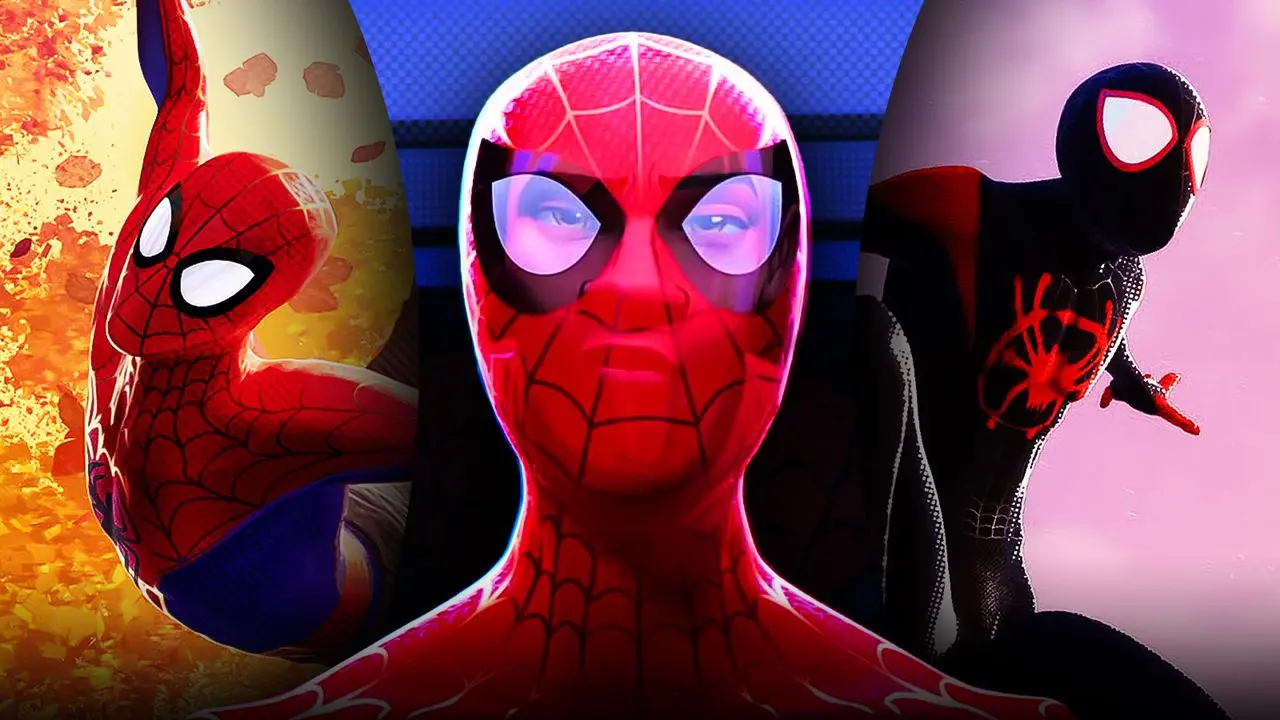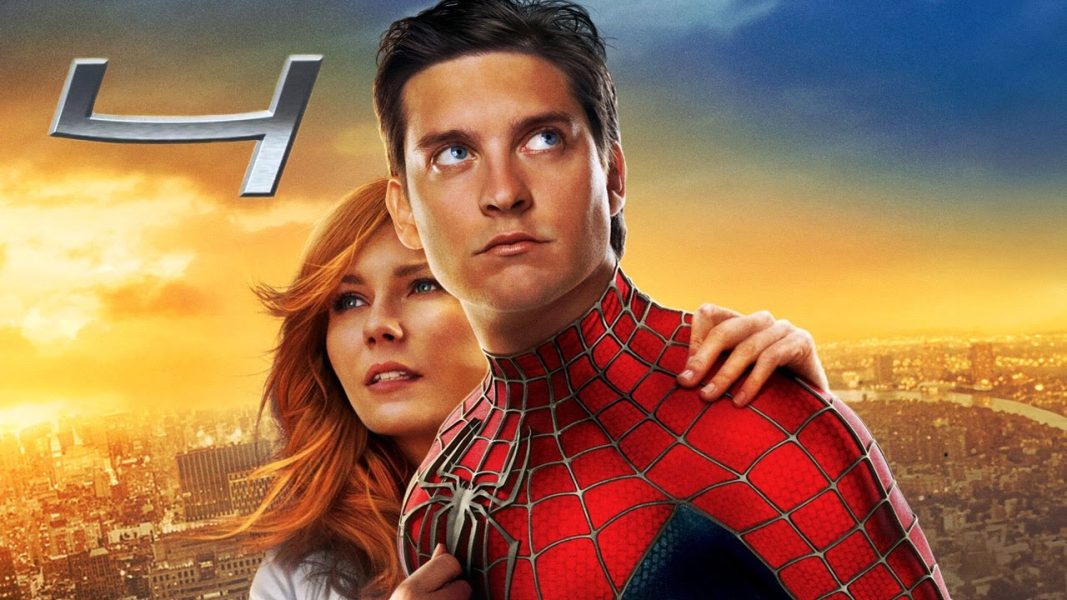Spider-Man: Into The Spider-Verse (2018) and a Dive into Comic Books and Hip-Hop

After the failure of their second Amazing Spider-Man movie in 2014, Sony decided to hold off on their future Spider-Man movies and all related media. Four years later, they decided to come out with another Spider-Man movie with a twist: the main character will not be Peter Parker! Bigger twist: there will be a multiverse!

Teenager Miles Morales (voiced by Shameik Moore) is frequently at odds with his dad, Officer Jefferson Davis (voiced by Brian Tyree Henry), as he prepares for his first day at a new prep school. Miles hangs out with his uncle, Aaron Davis (voiced by Mahershala Ali) who he feels more comfortable around. When Aaron takes Miles out to paint graffiti in an abandoned subway station, a radioactive spider bites Miles. He later witnesses Kingpin (Liev Schreiber) and the Sinister Six trying to open a portal to bring back his deceased wife and son from another universe. Spider-Man (Chris Pine) arrives to stop them and vows to mentor Miles, However, he’s killed by Kingpin before he can fulfill his promise. While Spider-Man prevents Kingpin from ripping apart the multiverse, several versions of Spider-Man appear, including Peter B. Parker (Jake Johnson), Spider-Man Noir (Nicolas Cage), Spider-Ham (John Mulaney), Spider-Gwen (Hailee Steinfeld), and Peni Parker (Kimiko Glenn). These Spider-People work together to stop the Kingpin and save Miles’s reality.
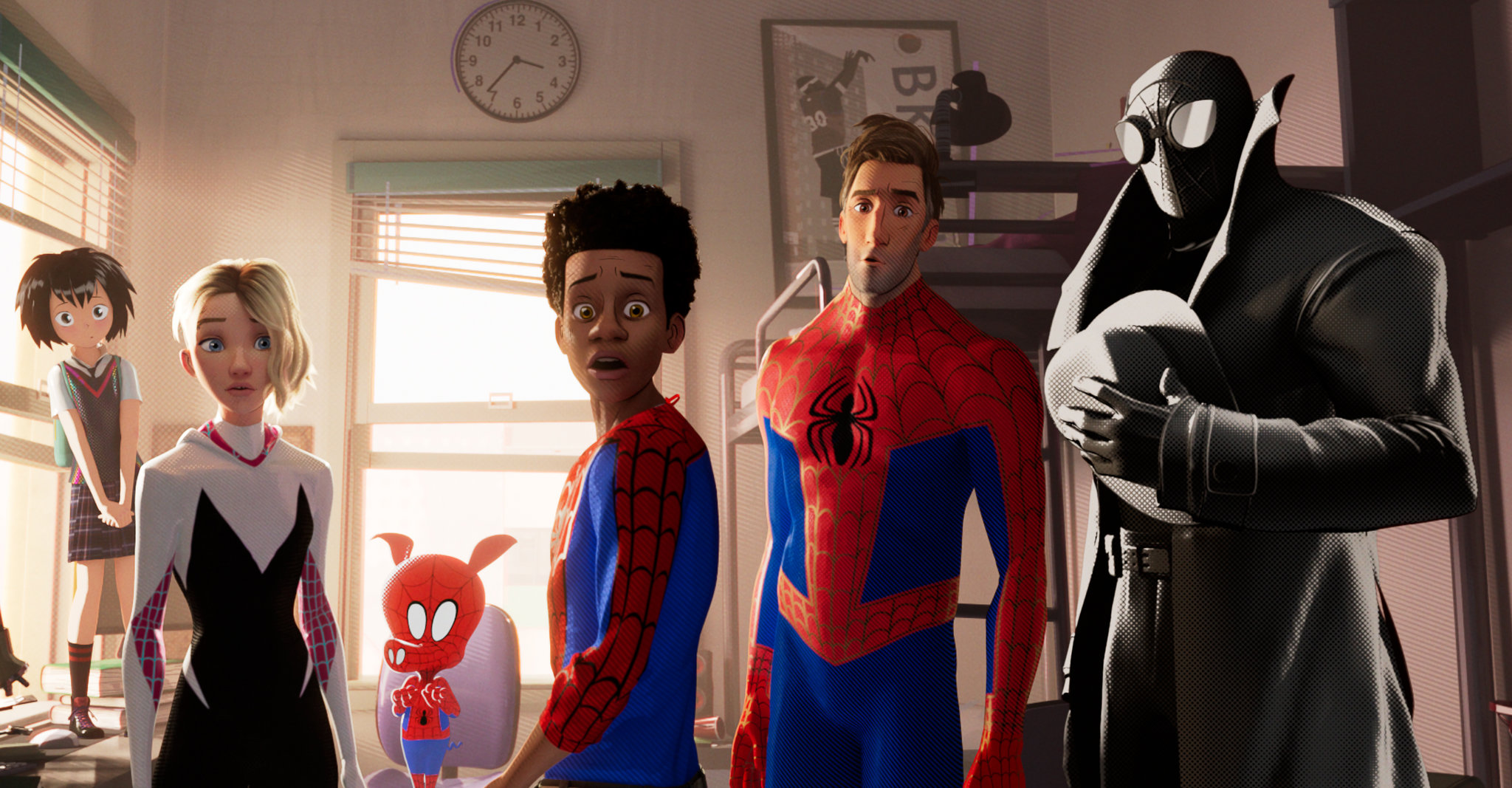
This movie is a stylistic masterpiece. I’d easily consider it one of the most visually stunning animated movies I’ve ever seen. The 3D character models are infused with just enough bold line art and colors to make them sing, especially compared to the standard smooth, semi-realistic style that the rest of the industry seems to be moving toward. The use of effects such as onomatopoeia to punctuate action beats and the comic panel style inserts to emphasize emotional or significant moments show that the creators wear their comic book inspiration on their sleeves with pride.

Into the Spider-Verse (2018) is a movie that is proudly composed of art forms pioneered by marginalized people, specifically superhero comics and hip-hop. Many of the early innovators at Marvel Comics (such as Stan Lee, Jack Kirby, and Joe Simon) were of Jewish descent, and their creations were influenced by Jewish culture and folklore. Spider-Man is a character like David: a small, scrappy guy who defeats enemies much stronger than he is because of his wits. The Torah is full of stories of ordinary people overcoming adversity not because they’re more powerful than their enemies, but because they work harder and play smarter.

Additionally (and this is something that many comic book fans like to ignore or “forget”), comic books have always been political. When Kirby and Simon created Captain America, the United States hadn’t yet entered the war, and the first issue’s cover, emblazoned with the titular hero socking Adolf Hitler in the face, sent a clear message: we need to join this fight. The creation of characters such as Black Panther— the first superhero of African descent in mainstream American comics— in 1966 (by Kirby) was also a political move, considering the fact that the Civil Rights Movement was very much still going on. Additionally, people like artist Marie Severin were essential in not only crafting the artwork for some of Marvel’s most iconic characters, but also paving the way for women in the comic book industry.

Hip-hop music first emerged in the 1970s, pioneered and innovated by Black youth in major metropolitan areas. The music— which often featured frank lyrics about the issues faced by African-Americans such as poverty, police violence, and drug addiction— started out as a niche genre that was often demonized for its associations with urban culture and gang activity. However, in the 1980s, 1990s, 2000s, and 2010s, its popularity would continue to grow, to the point that in 2017, hip-hop became the most popular music genre in the United States. Today, hip-hop music is created and enjoyed by people of all races, but it’s thanks to those early artists that it exists today. Being a teenager in 2018, it makes sense that Miles would listen to hip-hop, and this is reflected in the movie’s soundtrack. All sorts of popular rappers feature on the soundtrack, and one song— “Sunflower”— even became a major radio hit. However, it’s the use of the song “What’s Up Danger” that says the most about the movie.
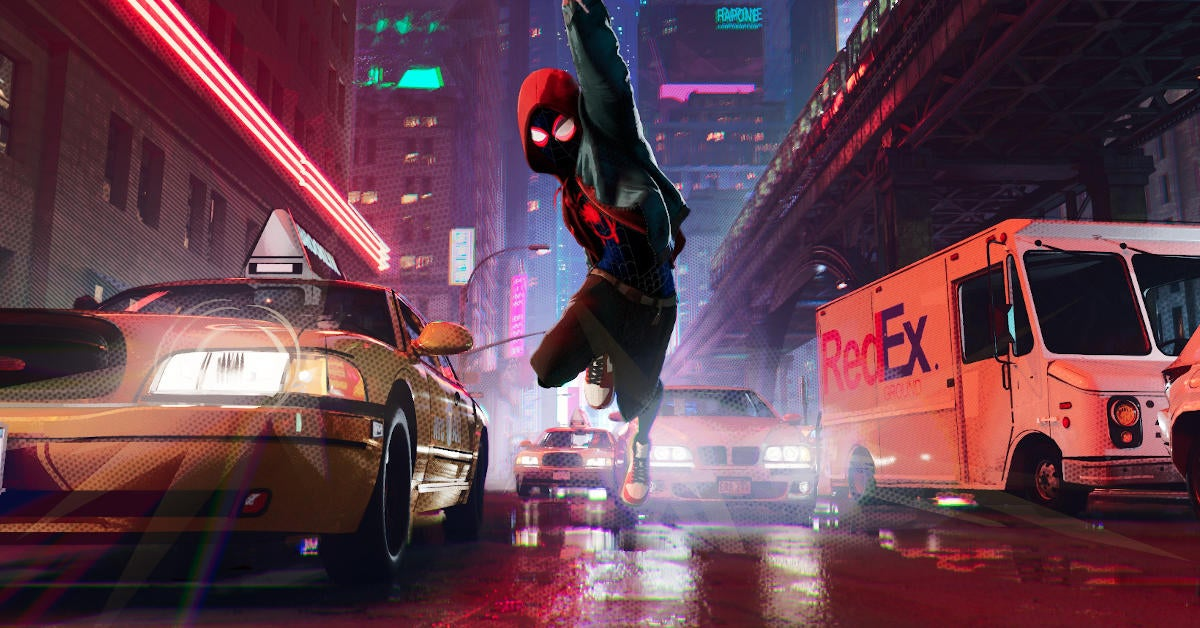
“What’s Up Danger” is the song that plays during the film’s emotional climax: Miles’s “leap of faith”. After struggling to fill the shoes of his universe’s previous Spider-Man, Miles Morales realizes that he needs to be Spider-Man in his own way and on his own terms, not trying to be a copy of anyone else. The song plays during this moment of Miles learning to believe in his own potential. I could analyze this two minute scene for hours, but there’s one point I’m especially trying to make here: his triumphant moment wouldn’t be anywhere near as good if it featured the same generic classical-ish soundtrack that every other movie has. If this climatic moment that’s all about Miles being a hero his own way didn’t feature this song— a song you could see the character himself listening to at such a major moment in his life— and instead had a stereotypical “hero is triumphant” instrumental track with all the usual soundtrack staples, it wouldn’t feel quite as special.
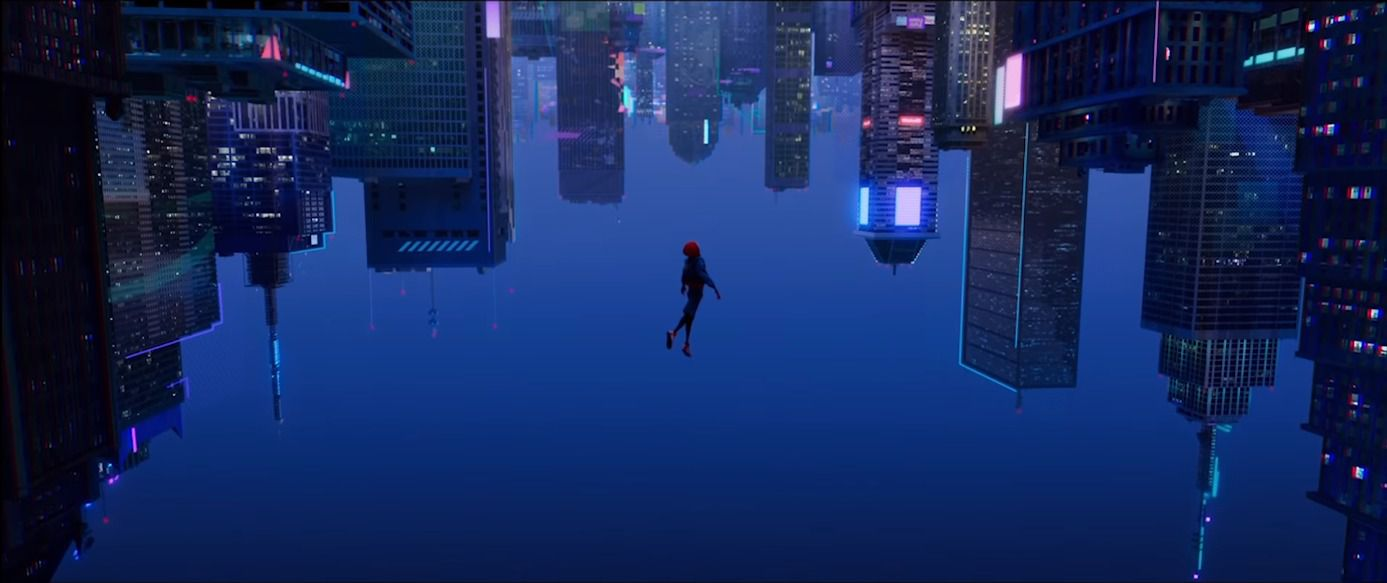
When Into the Spider-Verse (2018) proudly wears its comic book and hip-hop influences on its sleeve, it shows that the movie is proud to follow in the footsteps of these pioneers who carved their own spaces for their own kinds of art, art that challenged (and continues to challenge) the status quo of our culture. The fact that Miles Morales— an Afro-Latino teen— is so well-known by so many people is an incredible thing that cannot be overstated in its significance. For too long, children of color haven’t had heroes that looked like them in their stories. For the lead of a massive animated superhero movie to be a Black teenager, someone who’s passionate about his art, someone who loves his dad yet struggles to connect with him as he gets older, someone who struggles with self-doubt and insecurities like every teen does, it’s really cool. Miles isn’t a stereotype or a character crafted for diversity “brownie points”, he’s a fully-realized human being. That’s what movies need— fully-realized human beings of all races, genders, sexualities, etc.

Overall, 2018’s Into the Spider-Verse is a visually stunning and emotionally compelling story that combines various art forms from minorities to create a masterpiece of a Spider-Man film. Hopefully, the upcoming sequel keeps doing what made the first movie so great.
